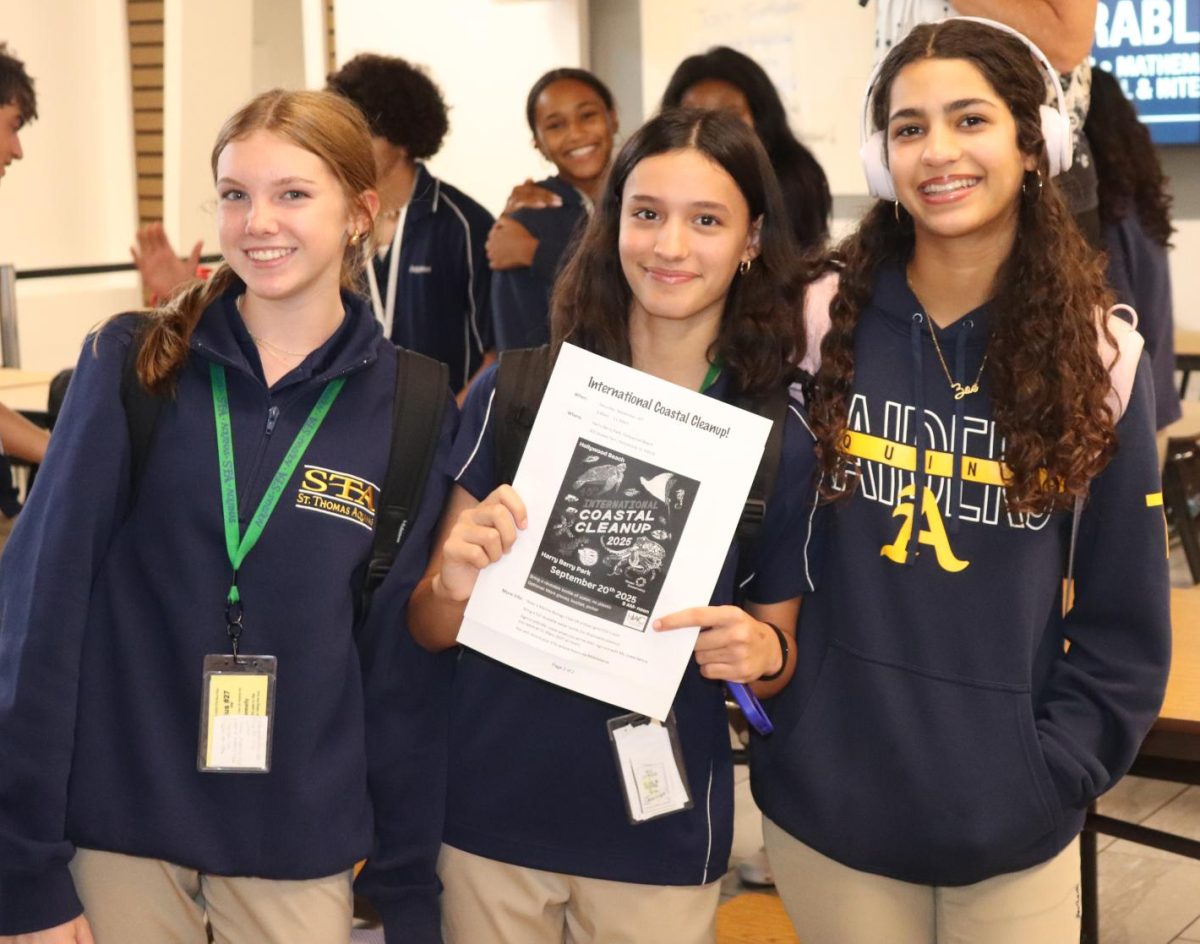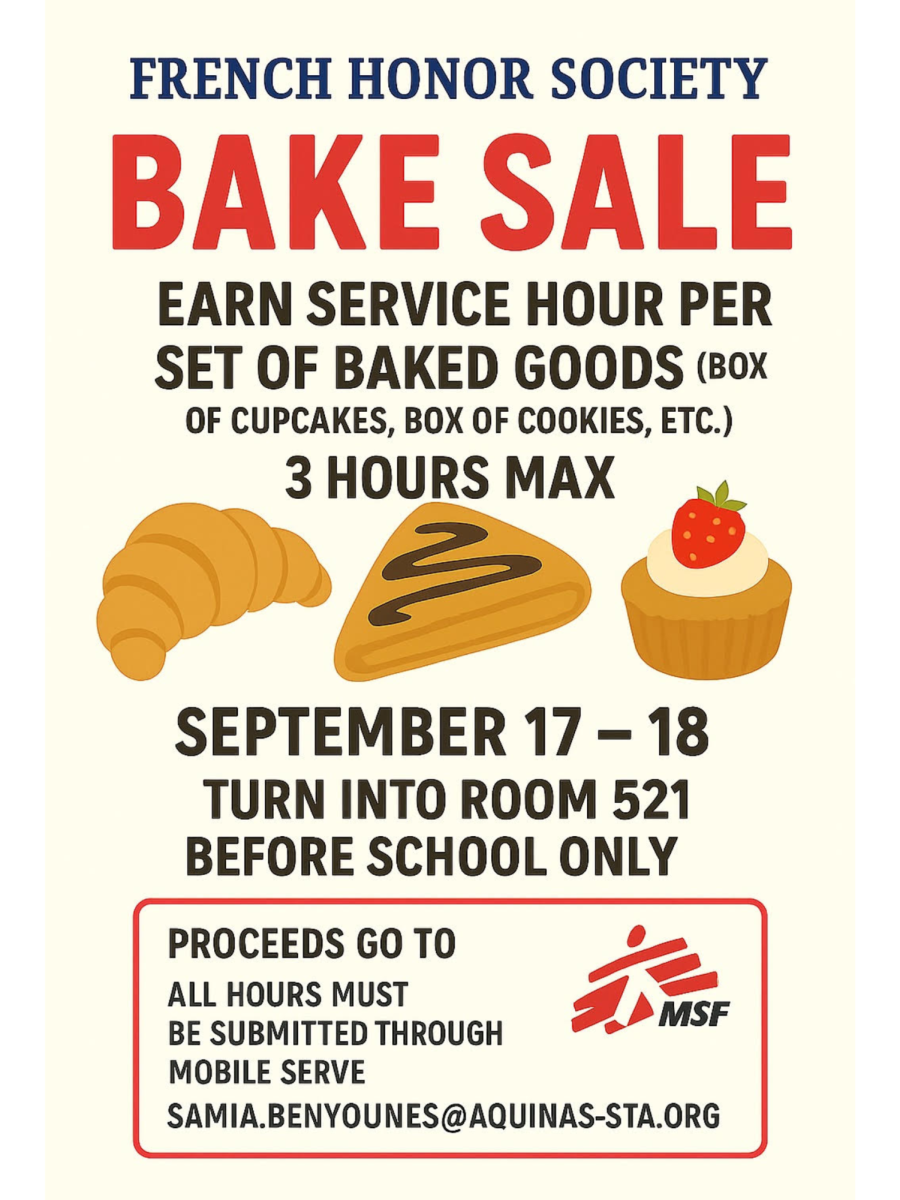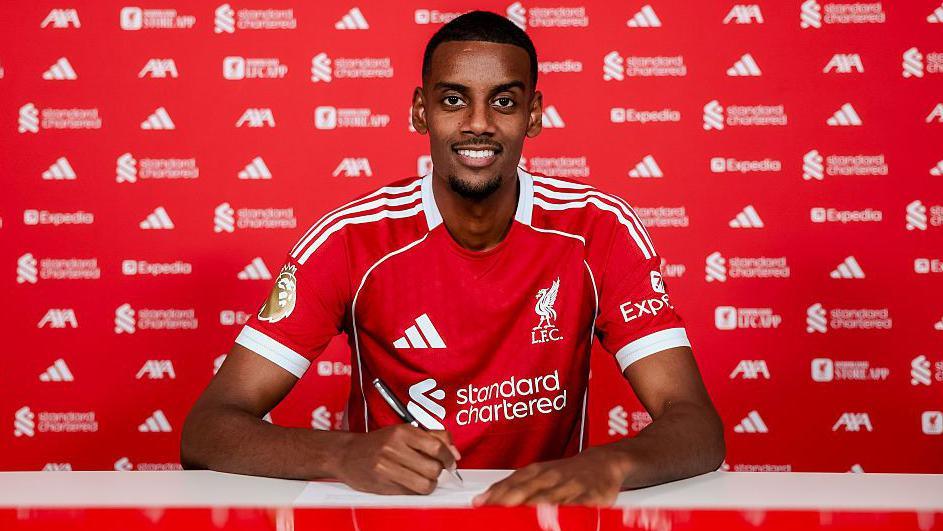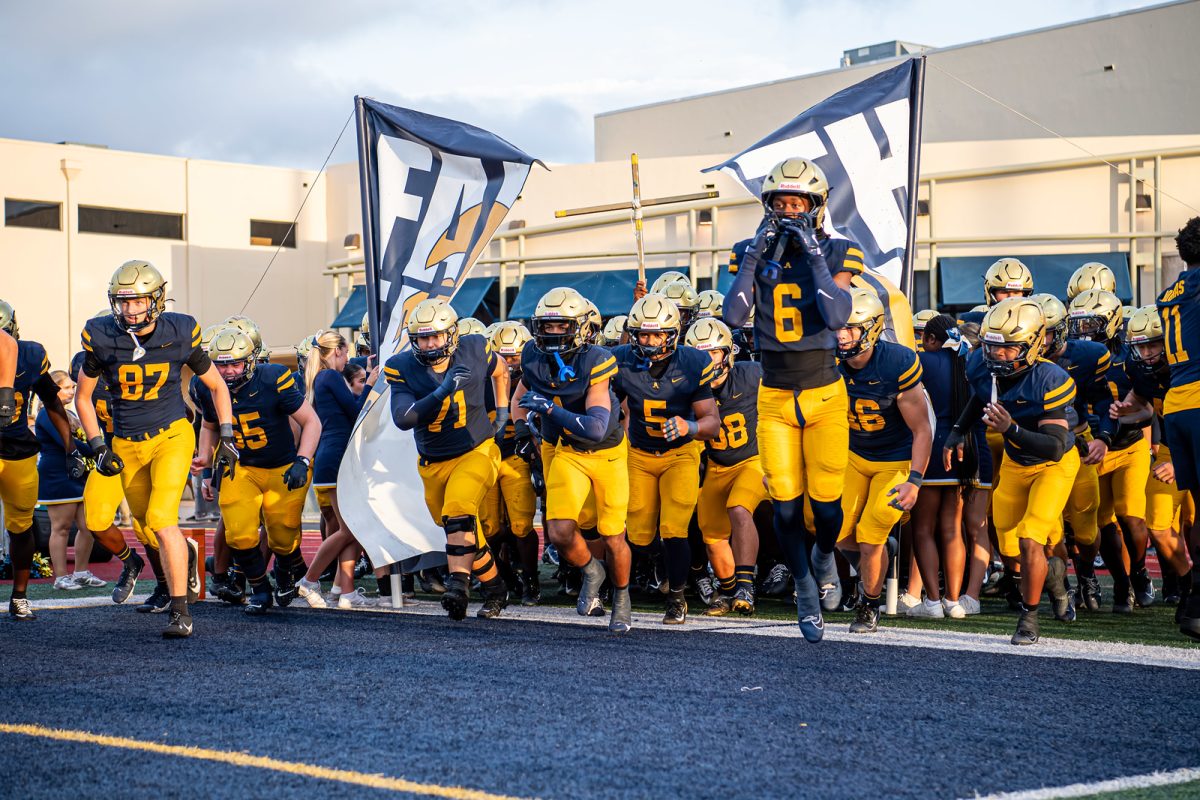Honoring Inspiring Black Idols
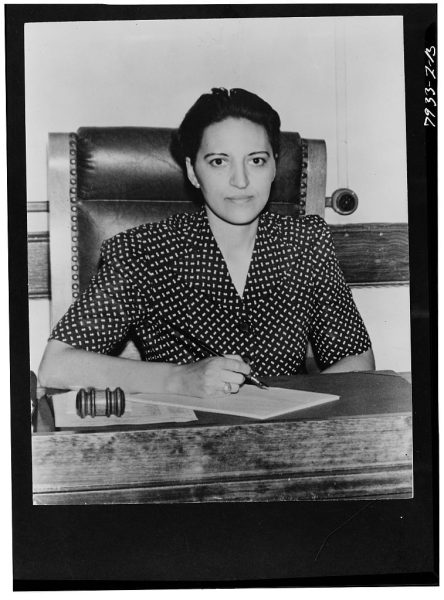
Jane Bolin was a trailblazing African American judge who shattered racial and gender barriers in the legal field. Born in 1908 in Poughkeepsie, New York, she was inspired by her father, a Black lawyer, to pursue a career in law despite the racial and gender discrimination of the time. Bolin attended Wellesley College, where she was one of only two Black students, and later became the first Black woman to graduate from Yale Law School in 1931. After facing numerous obstacles in securing a legal position, she eventually became an assistant corporation counsel for New York City, advocating for civil rights and social justice. In 1939, Bolin made history when she was appointed as the first Black female judge in the United States, serving on New York City’s Domestic Relations Court. She spent four decades on the bench, fighting for the rights of children and families, particularly those facing racial and economic discrimination. She worked to end segregation in child placement services and fought for fair treatment of juvenile offenders. Even after retiring in 1978, Bolin remained active in social justice causes. Her groundbreaking achievements paved the way for future Black women in the legal profession. Honoring Jane Bolin during Black History Month recognizes her lasting impact on the fight for equality and justice.

Major Taylor was a pioneering African American cyclist who overcame racism to become one of the greatest athletes of his time. Born Marshall Walter Taylor in 1878 in Indianapolis, Indiana, he earned the nickname Major due to the military-style jacket he wore while performing bicycle tricks as a child. His exceptional speed and talent quickly set him apart, and he began competing in professional races as a teenager. However, Taylor faced intense racial discrimination, often being barred from competitions or physically attacked by white competitors who resented his dominance. Despite these challenges, Taylor persevered, and in 1899, he won the world championship in the one-mile sprint, becoming the first Black American to achieve this feat in cycling and one of the first Black world champions in any sport. He went on to set multiple world records and competed internationally, where he was often treated with more respect than in the U.S. However, racism in America made it difficult for him to sustain his career, and he retired in 1910. Though he struggled financially later in life, Taylor’s legacy remains strong. His determination, resilience, and groundbreaking achievements paved the way for future Black athletes. Honoring Major Taylor during Black History Month highlights his contributions to sports and his fight for racial equality in athletics.
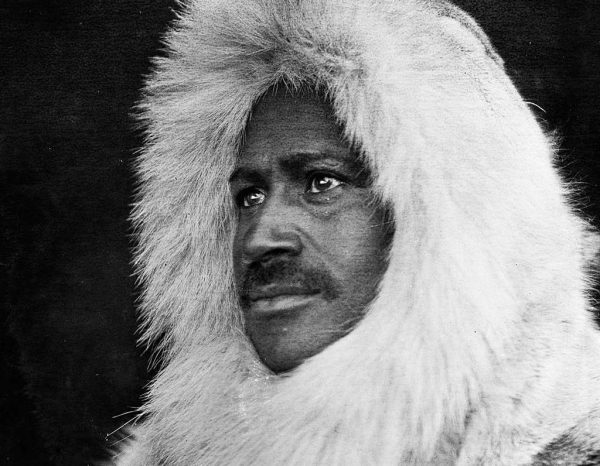
Matthew Henson was a pioneering African American explorer who played a crucial role in the first successful expedition to the North Pole. Born in 1866 in Nanjemoy, Maryland, Henson faced early hardships, losing both parents by the age of 12. Seeking opportunity, he became a cabin boy on a merchant ship, where he learned navigation and survival skills that would later prove invaluable. In 1887, he met Robert Peary, a naval officer and explorer, who recognized Henson’s talents and made him his trusted companion on multiple Arctic expeditions. For over two decades, Henson endured brutal conditions while exploring the Arctic, mastering the language and survival techniques of the Inuit people. His skills in sledding, hunting, and mapmaking were essential to the team’s success. On April 6, 1909, Peary, Henson, and four Inuit guides reached what they believed to be the North Pole, making history. However, Henson’s contributions were largely overlooked, with Peary receiving most of the credit. It wasn’t until later in his life that Henson received recognition for his achievements, including honors from the Explorers Club and President Harry Truman. Today, his legacy as a trailblazing African American explorer continues to inspire. Honoring Matthew Henson during Black History Month highlights his perseverance, skill, and vital contributions to world exploration.
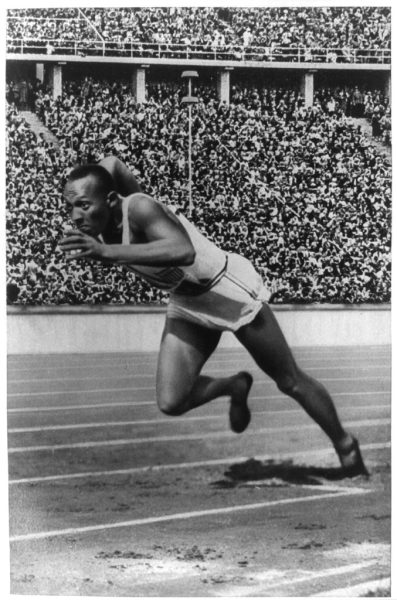
Jesse Owens was an African American track and field athlete whose extraordinary achievements shattered racial barriers and made history. Born in 1913 in Oakville, Alabama, Owens grew up in poverty as the son of sharecroppers. His talent for sprinting and long jumping became evident during high school, leading him to earn a scholarship to Ohio State University. Despite facing racial discrimination, Owens dominated collegiate track, setting multiple world records in a single day at the 1935 Big Ten Championships, a feat known as “the greatest 45 minutes in sports history. However, his most famous moment came at the 1936 Berlin Olympics, where he won four gold medals in the 100 meters, 200 meters, long jump, and 4×100 meter relay. His victories directly defied Adolf Hitler’s vision of Aryan supremacy, making him an international symbol of excellence and resistance against racism. Despite his Olympic success, Owens returned to a segregated America, where he struggled to find financial opportunities. He was not offered endorsement deals and was even denied a White House invitation by President Franklin D. Roosevelt. Yet, Owens remained a powerful advocate for racial equality and sportsmanship, later working as a speaker and mentor for young athletes. His legacy lives on as a pioneer who paved the way for future Black athletes in track and field. Jesse Owens’ courage, determination, and groundbreaking achievements make him an essential figure to honor during Black History Month, reminding the world of the power of perseverance in the face of adversity.
Dr. Charles Drew was a pioneering African American physician, surgeon, and medical researcher whose groundbreaking work in blood preservation revolutionized medicine.
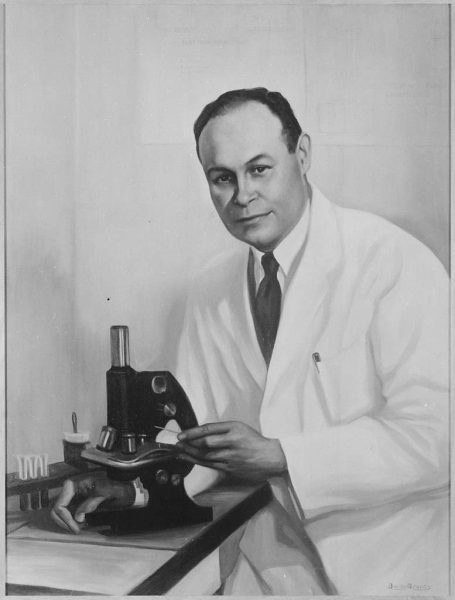
Born in 1904 in Washington, D.C., Drew excelled academically and athletically before attending Amherst College and later earning his medical degree from McGill University in Canada. He specialized in blood transfusions and developed innovative techniques for storing and processing blood plasma, which became crucial during World War II. His research led to the establishment of large-scale blood banks, saving countless lives on the battlefield and beyond. Drew played a key role in organizing the first Red Cross blood bank but resigned in protest when the U.S. military enforced a policy of segregating blood donations by race, a practice he strongly opposed as scientifically baseless. Beyond his medical innovations, Drew was also a dedicated educator and mentor, becoming the first Black person to earn a Doctor of Medical Science degree from Columbia University and later serving as chief of surgery at Freedmen’s Hospital in Washington, D.C. He worked tirelessly to train and inspire Black physicians, breaking racial barriers in the medical field. Tragically, he died in a car accident in 1950, but his legacy endures. His contributions to blood storage and transfusion continue to save lives today, making Dr. Charles Drew an essential figure to honor during Black History Month. His perseverance, brilliance, and commitment to equality remain an inspiration for future generations in both medicine and civil rights.

Max Robinson was a trailblazing journalist who made history as the first African American broadcast network news anchor in the United States. Born in 1939 in Richmond, Virginia, Robinson developed a passion for storytelling and media at a young age. He began his career in broadcasting in the late 1950s, but due to segregation, he faced significant racial barriers. In one of his earliest jobs as a television news anchor in Portsmouth, Virginia, station managers forced him to read the news behind a slide to hide his race. When he insisted on appearing on screen, he was promptly fired. Undeterred, Robinson continued to rise in the industry, eventually becoming a respected journalist for Washington, D.C. ‘s WTOP-TV, where he won an Emmy for his reporting. In 1978, he broke barriers by joining ABC’s World News Tonight, co-anchoring alongside Peter Jennings and Frank Reynolds. As the first Black person in such a high-profile role, Robinson used his platform to highlight issues affecting African Americans, though he also struggled with racism within the industry. His career was marked by a commitment to truthful reporting and advocacy for Black journalists. Despite his passing in 1988, Max Robinson’s legacy as a media pioneer continues to inspire future generations, making him a key figure to honor during Black History Month.
Elijah McCoy was a groundbreaking African American inventor and engineer whose work revolutionized the railroad industry. Born in 1844 in Colchester, Ontario, Canada, to formerly enslaved parents who escaped via the Underground Railroad, McCoy developed a passion for mechanics at a young age. Recognizing his talent, his parents sent him to Scotland, where he trained as a mechanical engineer. However, upon returning to the United States, racial discrimination prevented him from securing an engineering job, forcing him to work as a fireman and oiler for the Michigan Central Railroad. This experience led him to develop one of his most famous inventions, an automatic lubricating device that kept train engines running smoothly without requiring them to stop for manual oiling. In 1872, he patented the lubricating cup, which significantly improved the efficiency and safety of steam-powered machinery. His invention was so effective that it became widely sought after, leading to the phrase the real McCoy, signifying high quality and authenticity. Throughout his lifetime, McCoy obtained nearly 60 patents, many of which were related to lubrication systems, though he also created designs for lawn sprinklers and ironing boards. Despite his contributions, he struggled to gain financial success from his inventions, as many were sold to larger companies. Nevertheless, McCoy’s innovations played a crucial role in industrial advancements, and his legacy remains an important part of Black history. His ingenuity and perseverance continue to inspire inventors and engineers today, making him a significant figure to celebrate during Black History Month.
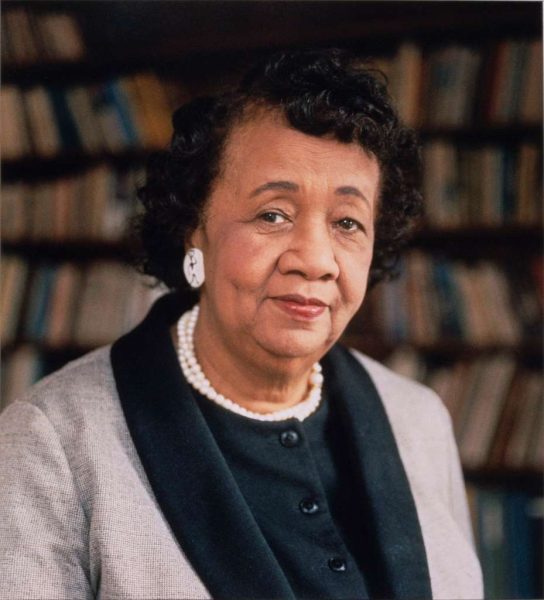
Dorothy Height was a pioneering civil rights and women’s rights activist whose work spanned more than seven decades. Born in 1912 in Richmond, Virginia, and raised in Rankin, Pennsylvania, she showed exceptional academic ability and a passion for social justice from an early age. Height attended New York University, earning both bachelors and masters degrees in educational psychology, and soon became involved in the fight for racial and gender equality. As president of the National Council of Negro Women (NCNW) for over 40 years, she worked tirelessly to advance opportunities for Black women in education, employment, and civic engagement. A key strategist in the Civil Rights Movement, Height advised prominent leaders such as Martin Luther King Jr., Roy Wilkins, and A. Philip Randolph, yet was often the only woman in the room. She played a crucial role in organizing the 1963 March on Washington but was not given the opportunity to speak, reflecting the gender inequalities she also sought to dismantle. Throughout her life, Height focused on empowering Black women and strengthening Black families, launching initiatives that addressed issues like voter registration, economic justice, and health care access. Recognized with the Presidential Medal of Freedom and the Congressional Gold Medal, her legacy remains vital today. Dorothy Height’s contributions continue to inspire future generations, making her an essential figure to honor during Black History Month.

Leonard C. Bailey (1825-1918) was an African American inventor, entrepreneur, and community leader whose innovations and business acumen significantly impacted 19th and early 20th-century America. Born into poverty in Washington, D.C., Bailey began his career as a barber, eventually establishing a successful chain of barbershops in the nation’s capital. His inventive spirit led him to patent several devices, including a folding bed in 1899, which was later adopted by the U.S. military for its practicality and ease of storage. Bailey also developed a rapid mail-stamping machine utilized by the U.S. Postal Service and a device for shifting railway trains to different tracks, showcasing his diverse engineering talents. Beyond his inventions, Bailey was a pioneering businessman; in 1888, he co-founded the Capital Savings Bank of Washington, D.C., one of the first African American-owned banks in the United States. This institution provided essential financial services to the Black community, especially during the economic downturn of 1893, when it remained solvent while many others failed. Bailey’s commitment to social progress extended to his participation in the first racially integrated jury in Washington, D.C., in 1869, reflecting his dedication to justice and equality. He also served on the board of directors for the Manassas Industrial School for Colored Youth in Virginia, contributing to the education and advancement of African American students. Leonard C. Bailey’s legacy as an innovator, businessman, and community advocate continues to inspire, exemplifying the profound impact of African American ingenuity and leadership during a transformative period in American history.

Garrett Morgan was a brilliant inventor and entrepreneur whose innovations saved countless lives and advanced public safety. Born on March 4, 1877, in Paris, Kentucky, Morgan was the son of formerly enslaved parents. With only a sixth-grade education, he moved to Cleveland, Ohio, where he became a skilled machinist and entrepreneur. One of his most significant inventions was the safety hood, a precursor to the modern gas mask, which he patented in 1914. Morgan’s device gained national attention in 1916 when he and his brother used it to rescue workers trapped in a toxic gas-filled tunnel under Lake Erie. Despite its effectiveness, many white buyers initially refused to purchase the device upon learning of Morgan’s race. Another of Morgan’s groundbreaking inventions was the three-position traffic signal, patented in 1923, which introduced the yellow caution light to regulate traffic flow and prevent accidents. His design was later adapted into the standard traffic lights used worldwide today. In addition to his inventions, Morgan was a successful businessman and advocate for Black empowerment, founding a Black newspaper, The Cleveland Call, and actively supporting civil rights organizations. Despite facing racial barriers, he remained dedicated to improving society through his ingenuity. His contributions to safety and innovation continue to impact modern life, proving that perseverance and creativity can lead to lasting change. Garrett Morgan’s legacy as a problem-solver and pioneer in public safety makes him a significant figure in Black history, inspiring future generations of inventors and entrepreneurs.
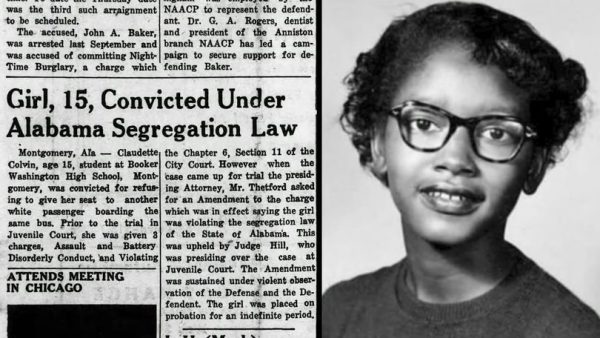
Claudette Colvin was a courageous young activist whose defiant stand against segregation helped pave the way for the Civil Rights Movement. Born on September 5, 1939, in Montgomery, Alabama, Colvin grew up experiencing the deep injustices of segregation. On March 2, 1955, at just 15 years old, she refused to give up her seat to a white passenger on a segregated Montgomery bus nine months before Rosa Parks’ more widely recognized protest. Colvin was arrested and faced immense social backlash, yet her bravery did not go unnoticed. She later became one of the key plaintiffs in Browder v. Gayle, the landmark Supreme Court case that ultimately led to the desegregation of public buses in Montgomery in 1956. However, Colvin’s story remained largely overshadowed for decades, as civil rights leaders at the time chose Rosa Parks as the movement’s public face due to her age, status, and image. Despite being overlooked, Colvin’s role in the fight for equality was monumental. After moving to New York, she worked as a nurse’s aide for over three decades before retiring in 2004. In recent years, her contributions have gained more recognition, highlighting the importance of young voices in activism. Claudette Colvin’s courage and determination at such a young age remind us that change often begins with ordinary individuals who refuse to accept injustice, making her a vital figure in Black history.
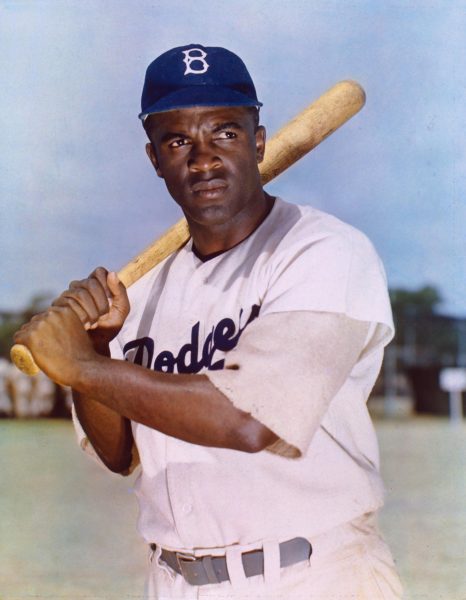
Jackie Robinson was a trailblazing athlete who broke Major League Baseball’s color barriers and became a symbol of courage and perseverance in the fight for racial equality. Born in 1919 in Cairo, Georgia, Robinson was a standout athlete in multiple sports before dedicating himself to baseball. In 1947, he made history by becoming the first Black player in the modern era to play in Major League Baseball when he joined the Brooklyn Dodgers. Facing intense racism from fans, opponents, and even teammates, Robinson displayed extraordinary resilience, letting his talent and dignity speak for itself. He won the National League Rookie of the Year award in his debut season and later became the league MVP in 1949. His success paved the way for the full integration of professional sports. Beyond baseball, Robinson was a civil rights activist, using his platform to advocate for social justice. His legacy extends far beyond the field, as his courage helped change American society. Today, his number 42 is retired across all MLB teams in honor of his impact on sports and civil rights.

Katherine Johnson was a brilliant mathematician whose groundbreaking work at NASA helped send astronauts to space and safely return them to Earth. Born in 1918 in White Sulphur Springs, West Virginia, Johnson displayed an extraordinary talent for mathematics from an early age. Despite racial and gender barriers, she pursued higher education, earning degrees in mathematics and French by the age of 18. In 1953, she joined NASA’s predecessor, the National Advisory Committee for Aeronautics (NACA), as one of the few Black women working as human computers. Her calculations were critical to America’s early space missions, including John Glenn’s historic orbit around Earth in 1962. Glenn specifically requested that Johnson verify the numbers before his flight, highlighting the trust and respect she earned for her unparalleled precision. Johnson also contributed to the Apollo 11 moon landing in 1969 and later worked on the Space Shuttle program. Her contributions remained largely unrecognized for decades, but later in life, she received numerous accolades, including the Presidential Medal of Freedom in 2015. Johnson’s story was brought to wider attention through the book and film Hidden Figures, which showcased the crucial role she and other Black women played in space exploration. A trailblazer in STEM, Katherine Johnson shattered racial and gender barriers, paving the way for future generations of scientists and engineers. Her legacy continues to inspire those who dream of reaching new heights in science, technology, engineering, and mathematics.
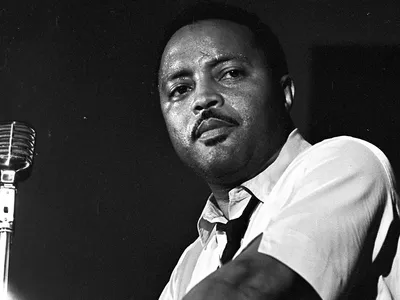
Hosea Williams was a civil rights leader, activist, and organizer whose dedication to justice made a lasting impact on the fight for equality in America. Born in 1926 in Attapulgus, Georgia, Williams overcame immense adversity, including being orphaned at a young age and serving in World War II, where he suffered severe injuries. After earning a chemistry degree, he became involved in the Civil Rights Movement, joining the Southern Christian Leadership Conference (SCLC) under Dr. Martin Luther King Jr. Williams played a crucial role in organizing key demonstrations, including the 1965 Selma to Montgomery march, where he and John Lewis led the marchers across the Edmund Pettus Bridge on Bloody Sunday. The violent attack by state troopers on peaceful demonstrators drew national attention and helped spur the passage of the Voting Rights Act. Williams continued his activism throughout his life, founding Hosea Feed the Hungry and Homeless, a nonprofit serving those in need. He also held public office, using his platform to advocate for marginalized communities. Known for his fearless and uncompromising stance against injustice, Hosea Williams remains a powerful symbol of courage, perseverance, and service. His legacy continues to inspire future generations in the ongoing struggle for civil rights.
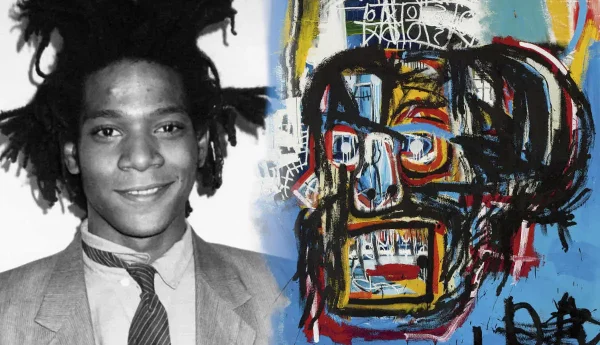
Jean-Michel Basquiat was a famous young artist who used his art to break barriers and express racism, classism, colonialism, and many other power structures that the U.S. society was under. His groundbreaking pieces revolutionized the art world in the 1980s. Born in 1960, Basquiat began his artistic career in graffiti before he transitioned to painting. His paintings acted as his voice on the subject of race, identity, and social justice. This made him a powerful advocate for the black community. In his art, he frequently highlighted black heros, athletes, musicians, and other contributors while proving the wronged state of society. His rise to fame in a white-dominated art world was a major breakthrough, proving his worth and the worth of other black people. One of Basquiat’s most famous pieces named Untitled, features an abstract African mask which highlights the identity of blacks in between life and death. Although he died at the young age of 28, Basquiat left a lasting impact on the world around him through the voices in his paintings.
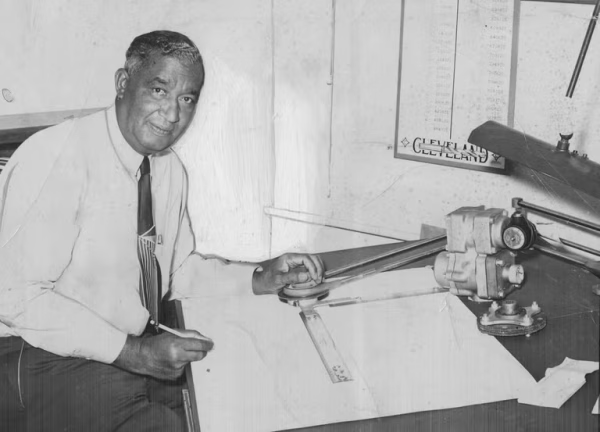
Frederick McKinley Jones was a famous black entrepreneur and inventor in the late 1800’s and 1900’s. Known as the “King of Cool,” Jones earned this title after his revolutionary invention of portable refrigeration which greatly impacted those active during World War II. Used to transport food, blood, and medicine for those in need, Jones became a pioneer in mobile refrigeration. Jones formed a partnership with Numero, where he founded the U.S. Thermo Control Company, now known as Thermo King. This company grew with his inventions during World War II, and Jones is recognized as a hero of many as his invention saved the lives of many. Used to transport food, blood, and medicine for those in need, Jones became a pioneer in mobile refrigeration. Many are unaware of the significance of Fredrick McKinley Jones, however his curious mind and advanced inventions played a crucial role in World War II. In 1944, Jones became the first Black American to be elected to the American Society of Refrigeration Engineers, and by 1949, the U.S. Thermo Control was worth millions of dollars. In the mid-1950s, Jones was forced into an unofficial early retirement of the company due to illness. Jones died at the age of 67 from lung cancer on February 21, 1961. Many are unaware of the significance of Fredrick McKinley Jones, however his curious mind and advanced inventions were a crucial aspect of World War II and an absolute success and advancement to the current world today

